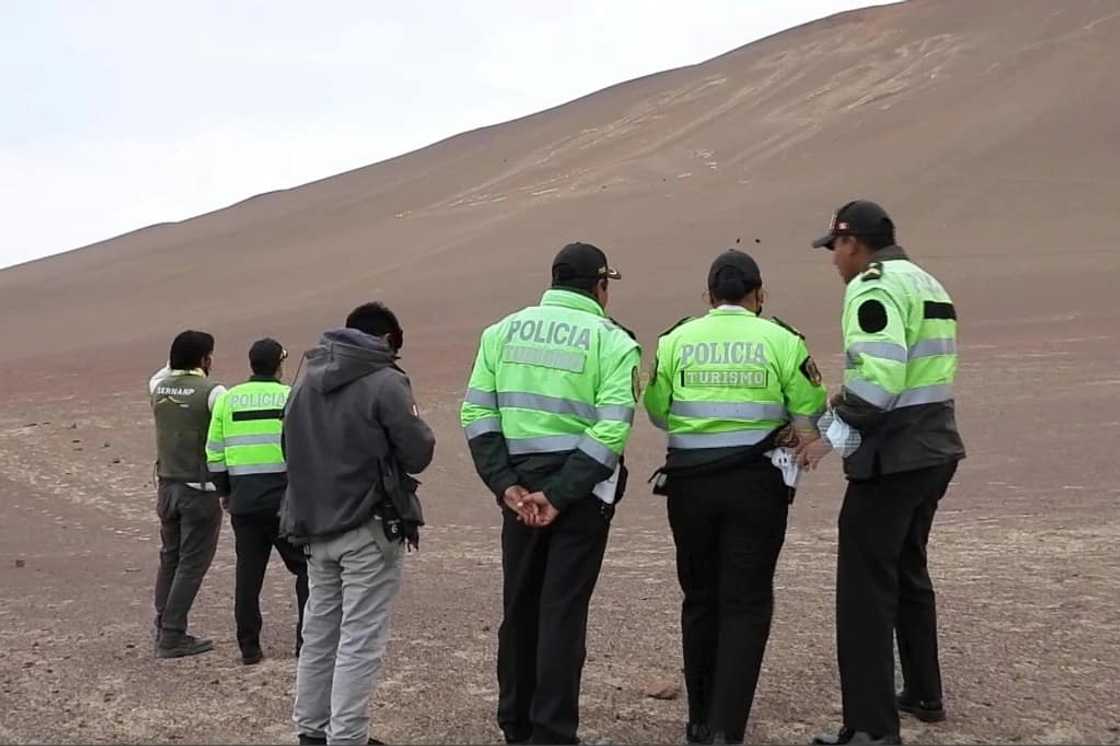Tourists trample all over protected, prehistoric Peruvian hill carving

Source: AFP
New feature: Check out news exactly for YOU ➡️ find “Recommended for you” block and enjoy!
Tourists have left footprints all over Peru's Paracas Candelabra, an enormous hillside carving that dates from some 2,500 years ago, according to officials who have launched a search for the culprits.
Over the weekend, police found footsteps zigzagging over the Paracas "geoglyph" -- a large design carved into the ground similar to Peru's better-known Nazca lines, according to a culture ministry statement.
They found "two rows of footsteps that go from the bottom (of the carving) to the top, zigzagging, entering the right arm (of the candelabra), the left arm, and central part of the geoglyph," which visitors are allowed to view only from the sea, it added.
Apart from the footsteps, which appeared to belong to three people, officials also found vehicle tracks.
The captain of a tourist ship told a television station he had spotted, from the sea, "a foreign couple with their young son and a shovel damaging the candelabra."
The station also broadcast footage recorded on a mobile phone from a nearby boat showing five people walking near the carved hillside figure, whose origins and meaning remain the subject of research.
PAY ATTENTION: Click “See First” under the “Following” tab to see Briefly News on your News Feed!
The geoglyph is about 170 meters (557 feet) tall, 60 meters wide, and carved into the slope of a hill in the Paracas peninsula, south of Lima.
It was declared a national heritage site in 2016, and Peruvian law dictates jail terms of between three and six years for anyone damaging an archaeological monument.
The Paracas culture flourished on Peru's southern coast from around 100 BC to 200 AD, but little was known about the people until archaeological excavations began in the 1920s.
Source: AFP


